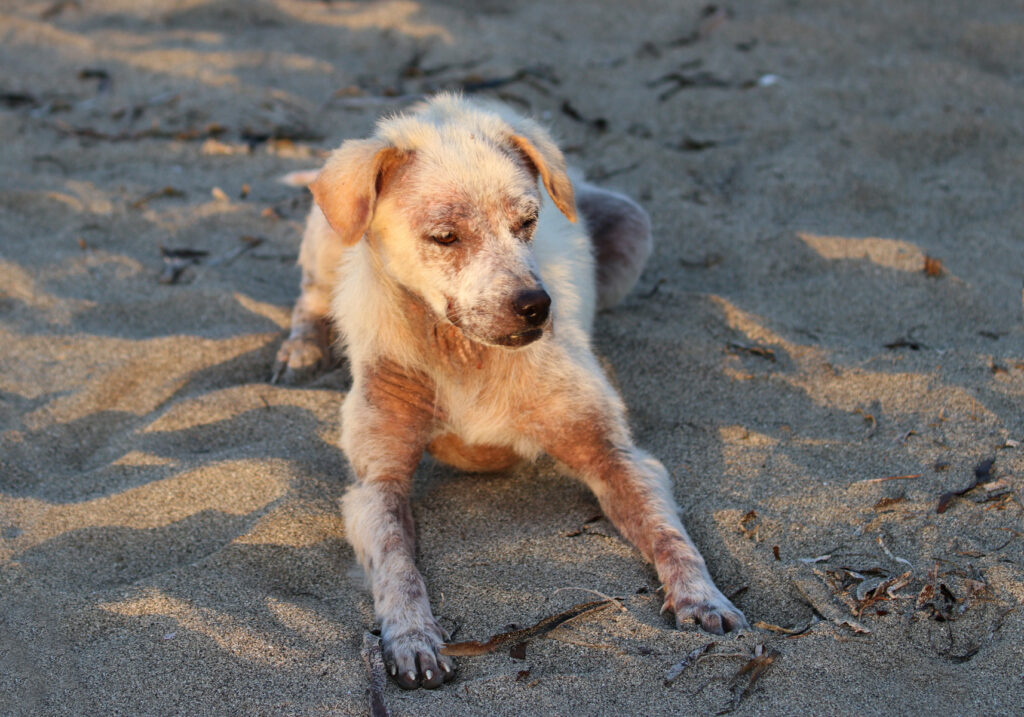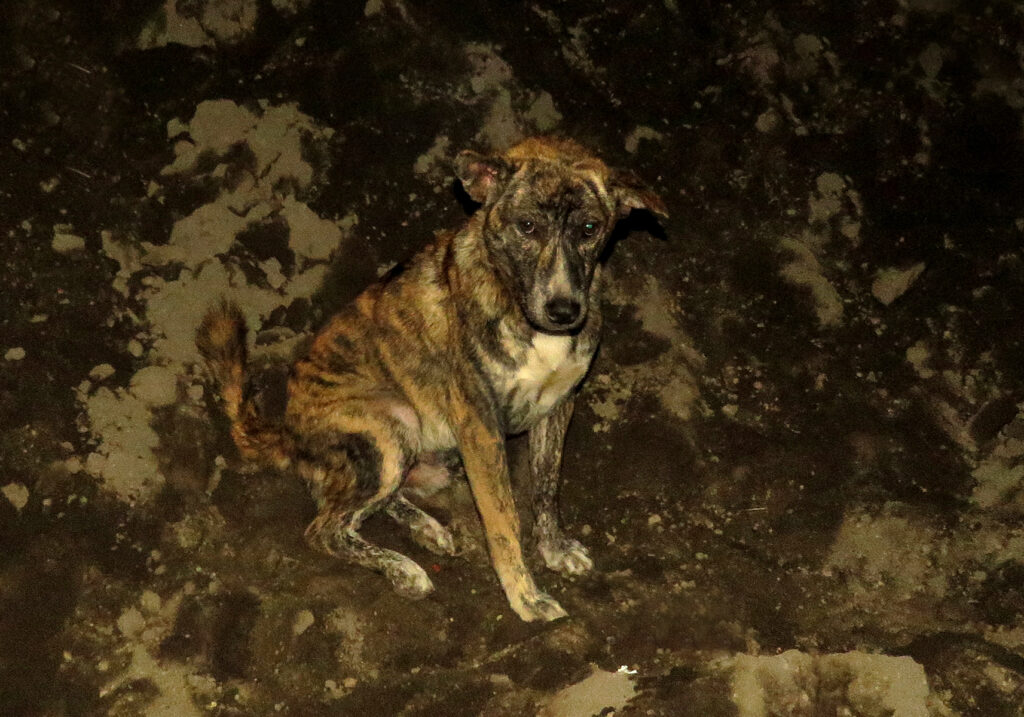The Bali dog stands as a living symbol of the island’s rich heritage, revered by local activists and rescuers. Our study of history helps us learn from the past to shape a better future. Yet, our daily lives often feel disconnected from the historical threads that have woven our present. We frequently get absorbed in the immediate issues, forgetting that past societies faced similar, if not more significant, challenges.

Photo by David Lowenthal

Photo by David Lowenthal
The Bali Heritage Dog
Often mistaken for mutts or mongrels, Bali Heritage Dogs are actually a remarkable and ancient breed, possibly the oldest in the world. With their distinctive long pointed ears, high hind legs, and short coats, these dogs are a common sight on the streets of Bali.
Research by scientists at the Veterinary Genetics Laboratory at the University of California, Davis, has uncovered that today’s Bali dog lineage began around 7,000 years ago in Southeast Asia, descended from the grey wolf. Further studies suggest the breed dates back 12,000 years, predating other ancient breeds like the Australian Dingo, New Guinea singing dog, and African wild dog.
A Breed Backed by Science
From 2000 to 2003, the DNA of 3,000 indigenous Bali dogs was analyzed at UC Davis. This research revealed that Bali dogs possess one of the richest genetic diversity pools among dogs worldwide, making their genome highly valuable to science. Bali dogs are one of the few remaining indigenous dog populations globally.
Bali is home to two unique indigenous dog breeds—the Bali Heritage Dog and the Highland Kintamani. The Bali Heritage Dog has been purebred on the island for at least 2,500 years, possibly longer, while the Kintamani likely evolved as a subtype. The Bali Heritage Dog’s rich DNA results in a wide variety of colors and markings. They are also known for their beauty, affectionate nature, and strong personalities. Naturally inclined to roam in groups, they are territorial, and highly intelligent.
Dogs in Bali
While cats are occasionally seen, dogs dominate the streets of Bali, numbering in the tens of thousands. These street dogs roam various areas, from residential neighborhoods to beaches and busy tourist spots, and are integral to the island’s community fabric.
A Deeper Story
What may appear as abandoned dogs often have deeper ties to Balinese families, who regard them as part of their community and provide basic care. Addressing the welfare of these street dogs has been a priority for many years, leading to the rise of numerous NGOs and compassionate individuals who offer essential care, including food, shelter, and medical attention. Bali has a network of animal welfare groups and rescue organizations that play vital roles in supporting these animals.
Efforts to manage Bali’s street dog population have been multifaceted. The local government, in collaboration with NGOs, has launched various programs that include spaying and neutering, vaccination drives, and educational campaigns promoting responsible pet ownership.
Tourists frequently encounter these dogs in popular areas. While some dogs are friendly and used to human interaction, others may be wary and could pose risks if they feel threatened. Visitors are advised to avoid touching the dogs and to exercise caution.
Current Challenges
The integrity of the Bali dog was maintained for centuries, but since the 2004 lifting of a ban on importing breed dogs, the pure Bali Heritage Dog population has declined by 80%. Breed dogs have become fashionable, threatening the Bali Heritage Dog with extinction due to crossbreeding, mass culling, and the dog meat trade.

Photo by David Lowenthal
The Need for Community Action
To address these challenges, community engagement and education are crucial. Rabies remains a minor risk. A study titled “Participatory Methods for the Assessment of the Ownership Status of Free-roaming Dogs in Bali, Indonesia, for Disease Control and Animal Welfare” found that adequate health for free-roaming dog populations is unlikely without direct human oversight and regulatory measures. Therefore, large-scale intervention is necessary. Government support for vaccination and sterilization programs, alongside community-based approaches and educational initiatives, is essential to promote animal welfare and understand its societal impact.
Conclusion
The Bali dog is more than just a street animal; it is a crucial part of Bali’s cultural heritage. Through continued efforts in welfare and education, both locals and tourists can help ensure these dogs are treated with the respect and care they deserve.
